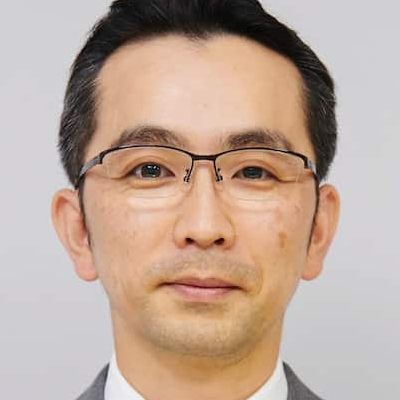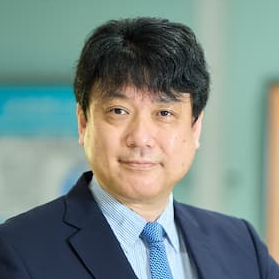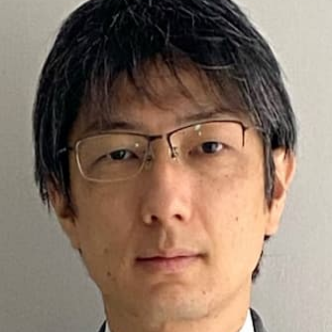Materials Formed under Extreme Conditions in Additive Manufacturing: Creation of Materials by Super-Thermal Field
A special issue of Materials (ISSN 1996-1944). This special issue belongs to the section "Manufacturing Processes and Systems".
Deadline for manuscript submissions: 20 September 2024 | Viewed by 3370
Special Issue Editors
2. Anisotropic Design & Additive Manufacturing Research Center, Graduate School of Engineering, Osaka University, 565-0871 Suita, Japan
Interests: additive manufacturing; microstructure; structural materials; 4D printing; computer simulation; materials processing; strength of materials
Interests: additive manufacturing; matal 3d printing; biomaterials; bone substitute; crystallographic texture; deformation mechanism; regenerative medicine; biomimetic materials; implantology
Special Issues, Collections and Topics in MDPI journals
Interests: materials informatics; advanced steels
Interests: composites; crystal growth; melting; solidification
Interests: materials science; electron microscopy; structural physics; microstructure characterization; thin film processing
Interests: precipitation strengthening; creep strength; microstructure; heat-resistant steel
Interests: nanotechnology; materials; structural and functional materials; titanium; biomaterials; additive manufacturing
Interests: ceramics; laser CVD; microstructure control; thermoelectric materials; sputtering; ultra-high-speed synthesis; intermetallic compounds; seebeck coefficient; zirconia
Interests: mechanics of 3D printed/ additive manufactured materials; multiscale mechanics theory and methods; mechanics of nano- and bio- materials; nonequilibrium thermomechanical processes; wave propagation and dynamic fracture; inverse problems and acoustic emission
Special Issue Information
Dear Colleagues,
Additive manufacturing (AM) is a process that creates materials with unique microstructures and properties under extreme conditions such as high cooling rates, temperature gradients, and solidification rates. These conditions affect various materials such as metals, alloys, and advanced materials. However, the characteristics of these materials depend on their physical properties and the process conditions. Therefore, there have been various attempts to control the microstructure in AM by applying specially designed processes and optimizing the parameters. This Special Issue aims to present the latest research on materials with unique microstructures and properties formed under extreme conditions in AM. It will cover topics such as:
- Formation mechanisms and the characterization of microstructures in AM;
- Effects of residual stress and compositional modulation on materials’ properties in AM;
- Methods and techniques to control and optimize the microstructure in AM;
- Applications and challenges of materials formed under extreme conditions in AM;
- Anisotropy of highly oriented materials’ properties of materials’ crystal growth under extreme condition in PBF;
- The creation of new materials by utilizing a large temperature gradient and rapid solidification;
- Influences of thermal stress on materials’ properties fabricated in additive manufacturing, and their mitigation;
- Experimental studies, computational modeling, and data-driven studies relevant to the above-mentioned phenomena.
This special issue was organized by the Organizing Committee of the international conference "Creation of Materials by Super-Thermal Field (CMSTF) 2023," which will be held in Osaka from November 15 to 17, 2023. Submissions are encouraged in conjunction with participation in the conference, but we welcome submissions regardless of whether you are able to attend.” For more detail about the conference, please visit the website of the conference at https://www-mat.eng.osaka-u.ac.jp/CMSTF2023/
Prof. Dr. Yuichiro Koizumi
Prof. Dr. Takayoshi Nakano
Prof. Dr. Yoshitaka Adachi
Prof. Dr. Kouhei Morishita
Dr. Kazuhisa Sato
Dr. Toda Yoshiaki
Prof. Dr. Takuya Ishimoto
Dr. Teiichi Kimura
Prof. Dr. Albert C. To
Guest Editors
Manuscript Submission Information
Manuscripts should be submitted online at www.mdpi.com by registering and logging in to this website. Once you are registered, click here to go to the submission form. Manuscripts can be submitted until the deadline. All submissions that pass pre-check are peer-reviewed. Accepted papers will be published continuously in the journal (as soon as accepted) and will be listed together on the special issue website. Research articles, review articles as well as short communications are invited. For planned papers, a title and short abstract (about 100 words) can be sent to the Editorial Office for announcement on this website.
Submitted manuscripts should not have been published previously, nor be under consideration for publication elsewhere (except conference proceedings papers). All manuscripts are thoroughly refereed through a single-blind peer-review process. A guide for authors and other relevant information for submission of manuscripts is available on the Instructions for Authors page. Materials is an international peer-reviewed open access semimonthly journal published by MDPI.
Please visit the Instructions for Authors page before submitting a manuscript. The Article Processing Charge (APC) for publication in this open access journal is 2600 CHF (Swiss Francs). Submitted papers should be well formatted and use good English. Authors may use MDPI's English editing service prior to publication or during author revisions.
Keywords
- additive manufacturing
- microstructure control
- biomaterials
- high-temperature structural materials
- data science
- computer simulation
- materials processing
- solidification
- crystal growth
- texture
- solute segregation
- phase transformation
- thermal stress
- melting
- dislocation
- 4D printing














